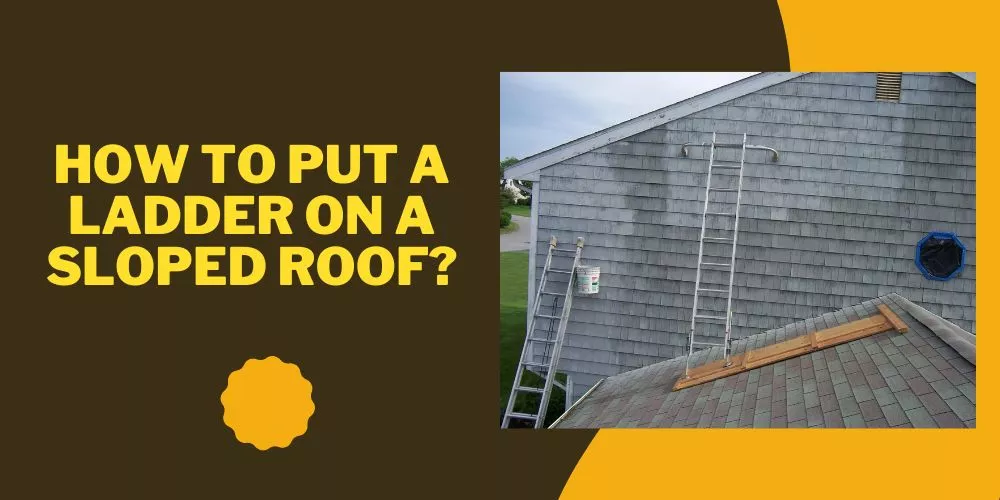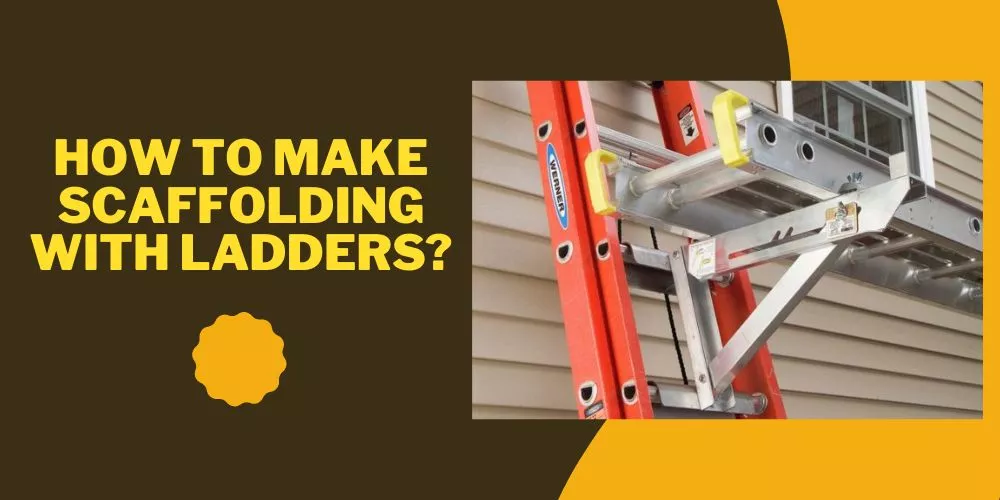Knowing how to properly put an extension ladder back together is not only about making the most out of this tool. It also directly impacts your safety when using it.
In this detailed guide, we’ll take you through everything from preparing your workspace to ensuring your ladder is safe and ready for use.
Whether you’re performing routine maintenance or you’ve taken your ladder apart for storage or transport, these instructions will help you get your extension ladder back in working order.
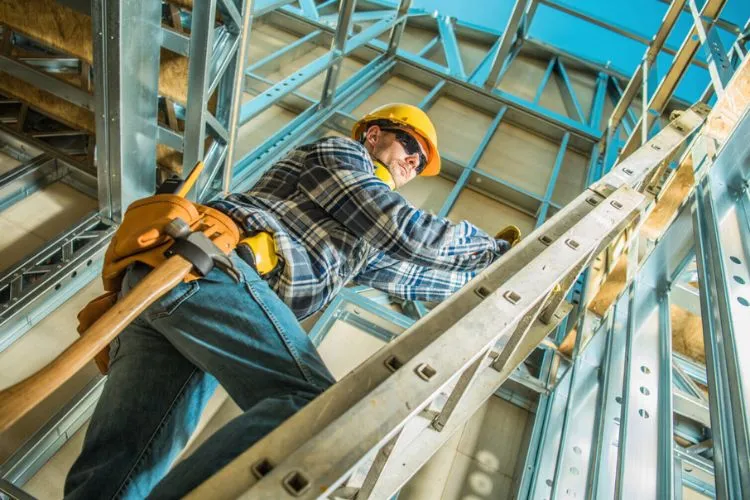
Preparation and Safety Tips
Before diving into the technicalities of reassembling an extension ladder, it’s important to set the stage properly. Choose a spacious, well-lit area where you can work without interruptions.
Having all your tools within reach will make the process smoother. A wrench, some lubricant, and possibly a rubber mallet should be enough for most models.
Safety must be your top priority. Wear protective gloves to prevent cuts and ensure all parts are free from serious damage. If any component is bent or cracked, it’s best to replace it rather than risk your safety.
Identifying Your Extension Ladder Parts
Understanding your ladder’s anatomy is crucial. An extension ladder consists mainly of two sets of parallel rails linked by a series of rungs.
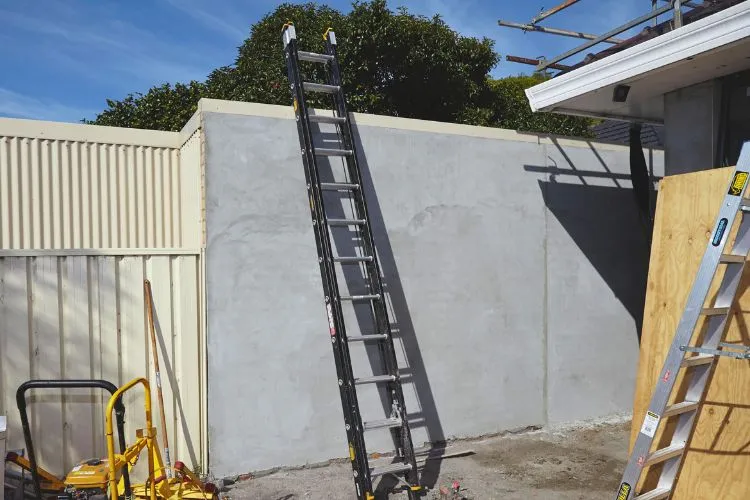
The feet provide stability, while the locking mechanism allows for safe adjustment of the ladder’s length. The rope and pulley system is another key feature, making extending and retracting the ladder more manageable.
How to Put an Extension Ladder Back Together?
Connecting the Rails
Start by aligning the rails of the base and the fly section. This might require some maneuvering but ensure they fit snugly together. Secure them according to your ladder model’s specific instructions.
This might involve sliding them together until they click, or you may need to use bolts. Ensuring the rails are correctly oriented is essential for the ladder’s stability.
Attaching the Rungs
Once the rails are connected, you’ll need to attach the rungs if they were removed. This usually involves fitting them into pre-designed slots on the rails and securing them with clips or screws.
Make sure each rung is firmly in place before moving on to the next. Rechecking each rung for any sign of wear is a good practice. A damaged rung can be a safety hazard.
Fixing the Locking Mechanism
The locking mechanism is what allows the ladder to hold its extended position securely. Follow the manufacturer’s guide closely as this step can vary significantly between models.
Generally, you’ll need to reattach the brackets that lock the fly section in place. Testing the locks before you consider the task complete is important to ensure they engage and release as they should.
Installing the Rope and Pulley System
Thread the rope through the pulley at the top of the fly section, ensuring it runs freely. Knotting techniques can vary, but a secure knot that won’t easily come undone under weight is essential. Double-check the pulley’s operation; it should allow the rope to move smoothly without getting caught.
Final Checks and Safety Inspection
After reassembling, don’t rush to use the ladder. Instead, take the time for a thorough inspection. Check that all bolts are tightened and no parts are missing. A quick but careful test can help ensure everything is as it should be. Extend the ladder and apply light pressure on rungs to confirm stability.
Maintenance Tips for Extension Ladders
Regular inspection and maintenance not only prolong your ladder’s life but also keep you safe. Look for any signs of wear, tighten any loose bolts, and clean the rails and rungs to prevent debris from building up. Storing your ladder in a dry, covered area will protect it from the elements and reduce the risk of corrosion.
Understanding Extension Ladder Ratings
When selecting an extension ladder, it’s crucial to understand the ladder ratings, as these indicate the maximum weight the ladder can safely hold, including the user’s weight and any tools or materials being used.
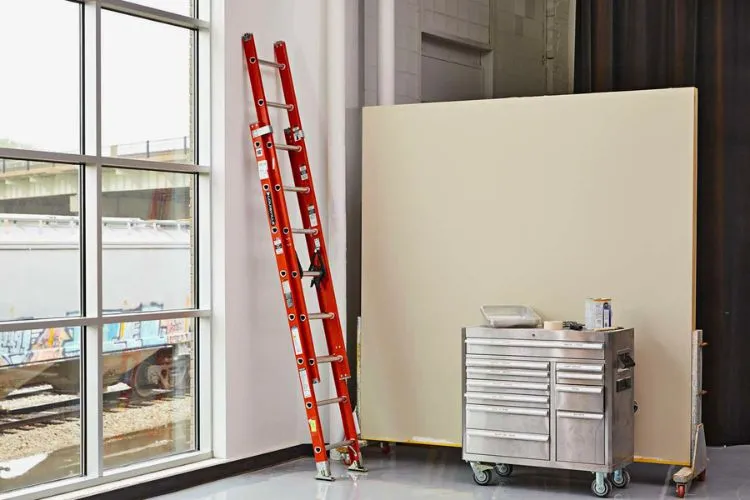
The ratings, established by the American National Standards Institute (ANSI), range from Type IAA to Type III:
- Type IAA (Extra Heavy Duty): Supports up to 375 lbs. Ideal for industrial and heavy construction work.
- Type IA (Heavy Duty): Holds up to 300 lbs. Suitable for commercial use and demanding tasks.
- Type I (Heavy Duty): Has a capacity of 250 lbs. Perfect for heavy-duty residential or light commercial use.
- Type II (Medium Duty): Can carry up to 225 lbs. Best for medium-duty home and office tasks.
- Type III (Light Duty): Supports up to 200 lbs. Designed for light, domestic chores.
Choosing the right ladder rating is paramount for your safety. Assess the weight of the user along with the tools and materials for the job to determine the most appropriate type.
This ensures not only safety but also extends the life of your ladder by preventing overloading and potential damage.
Frequently Asked Questions (FAQs)
How do I replace the rope on an extension ladder?
To replace the rope, remove the old one from the pulley and fly section, then thread the new rope through, securing it with a strong knot at the base and ensuring smooth operation through the pulley.
What should I do if my extension ladder won’t lock?
First, inspect the locking mechanism for debris or damage. Lubrication can sometimes help, but if the mechanism is damaged, it might need replacing.
How often should I inspect my extension ladder?
A thorough inspection at least once a year is recommended, but you should also check your ladder before each use, looking for any signs of wear or damage.
Can I repair a bent extension ladder rail?
It’s not recommended to repair a bent rail as it compromises the ladder’s integrity. Replacing the damaged section or the entire ladder is the safest option.
Conclusion:
Putting an extension ladder back together doesn’t have to be daunting. With the right preparation and a clear understanding of each step, you can ensure your ladder is safe and ready for use.
Always prioritize safety and don’t hesitate to replace parts when needed. Your ladder is a valuable tool, and proper care will ensure it serves you well for years to come.

